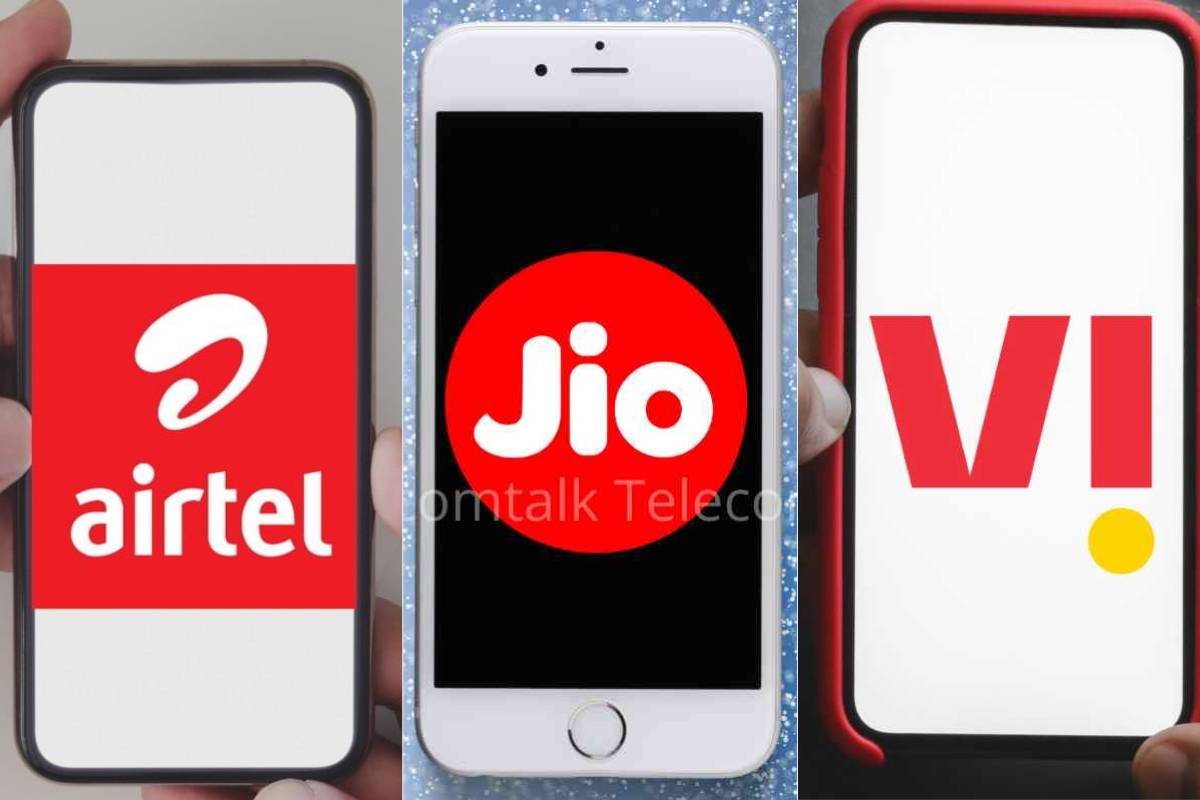Reliance Jio, Bharti Airtel and Vodafone Idea (Vi), three leading telecom operators in India, do not have to worry about higher licensing costs. Currently, the telcos have to pay 8% of their adjusted gross revenue (AGR) as a license fee. Parliament has been informed by the Minister of State (MoS) for communications, Devusinh Chauhan, that the Telecom Regulatory Authority of India (TRAI) is not considering increasing the revenue-sharing fee paid by the telecom service providers (TSPs). Business Standard Report.
The current 8% license fee includes a 5% contribution to the USOF (Universal Service Obligation Fund), and the remaining 3% is pure license fee. TRAI has no proposal to increase this fee in the near future, the minister said.
Telcos ask for a license fee (LF) cut
All private telcos are not satisfied with the LF they have to pay. They have asked the government to reduce it. Raising the LF would hurt the telcos’ cash flow and contribute to liquidity problems.
just because the telecom sector is the digital lifeline and backbone for a developing country like India, the telcos that have less money for capex would adversely affect growth. While a higher percentage of LF helps the government generate more revenue that can then be put to good use for the country, there has to be a balance.
If the telcos ask for a cut in the LF, it means that the current rate is also too high to pay for them. At a time like this, the government should be on the side of the operators and not raise rates, at least if it doesn’t lower them. The good thing for now is that the government is not looking for an increase in the LF for the operators, which would help the telcos send more money to networks and services.

